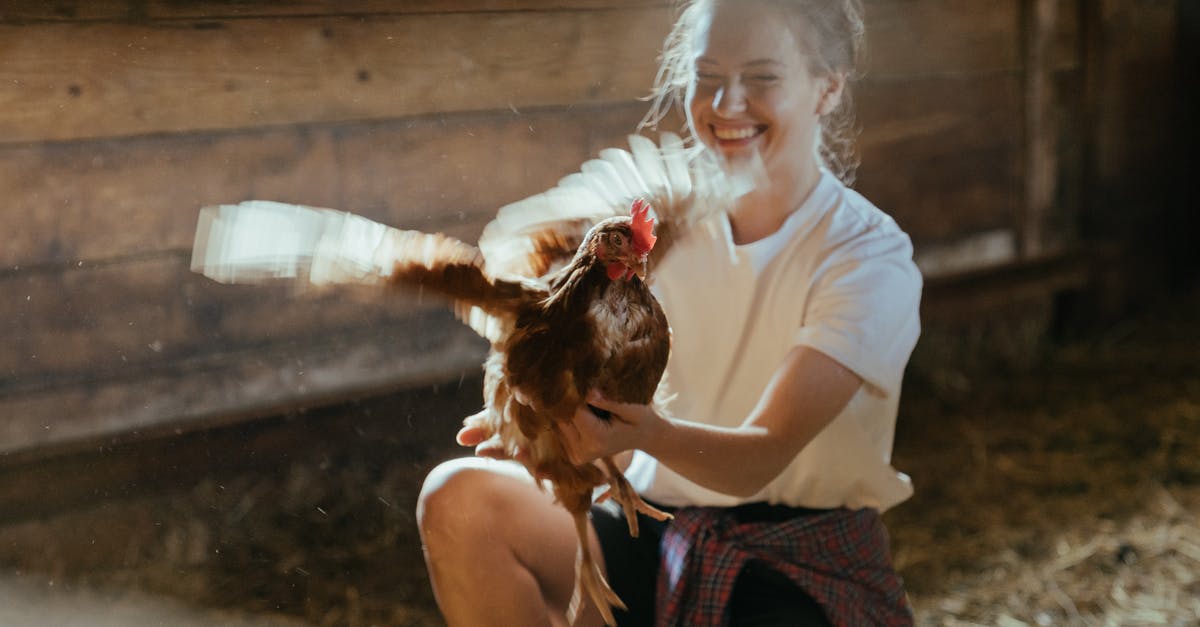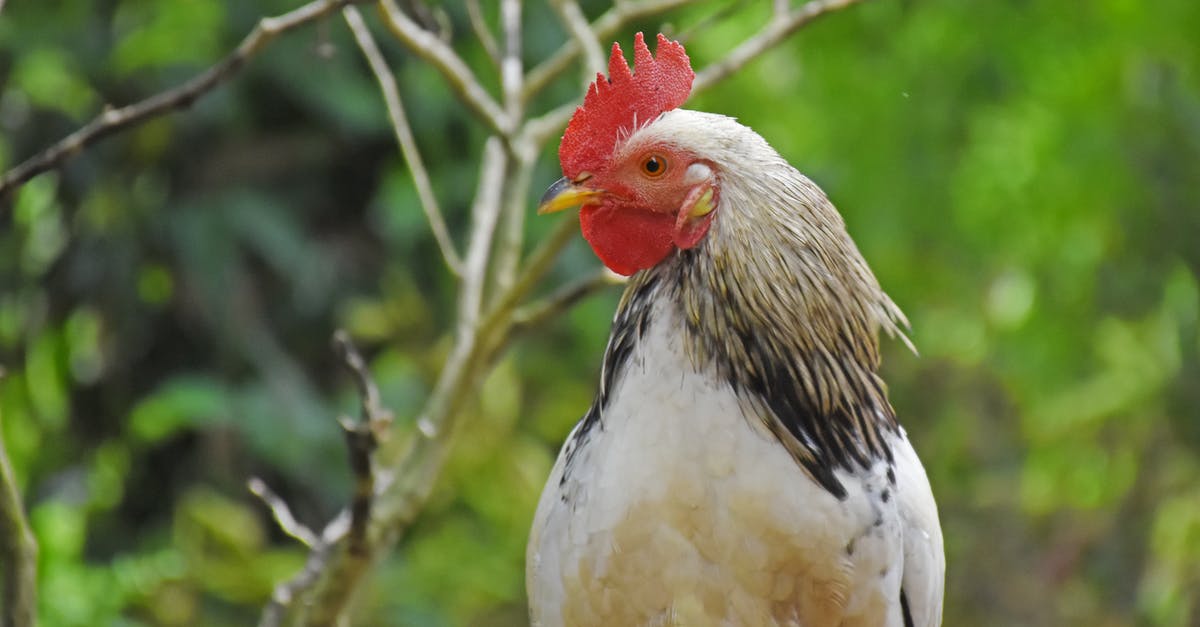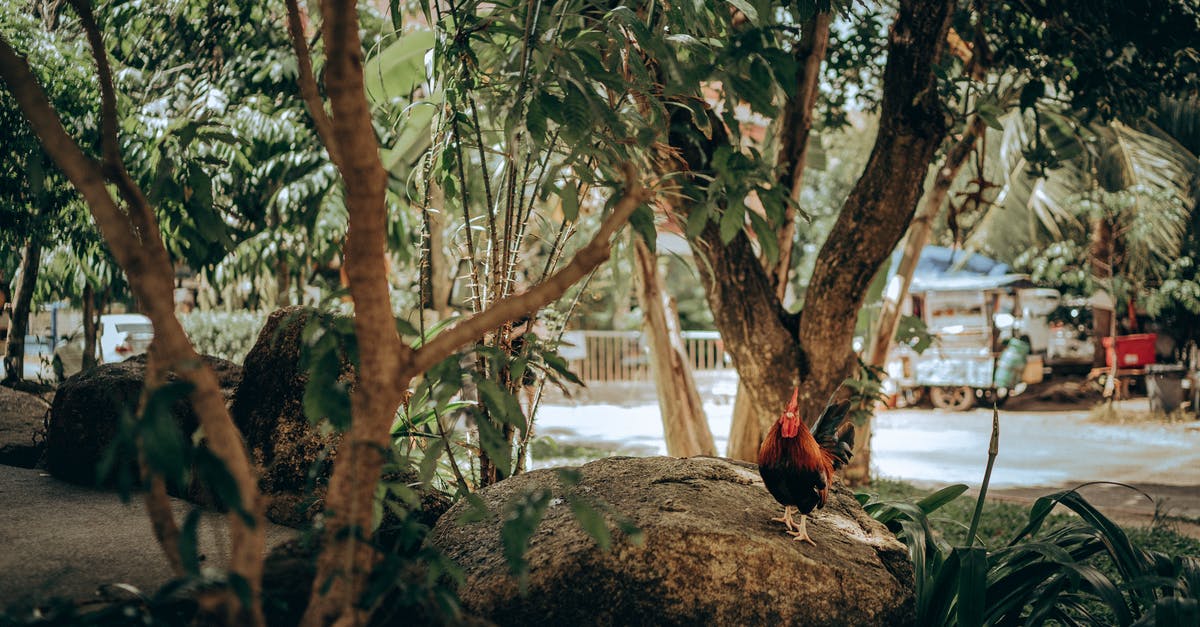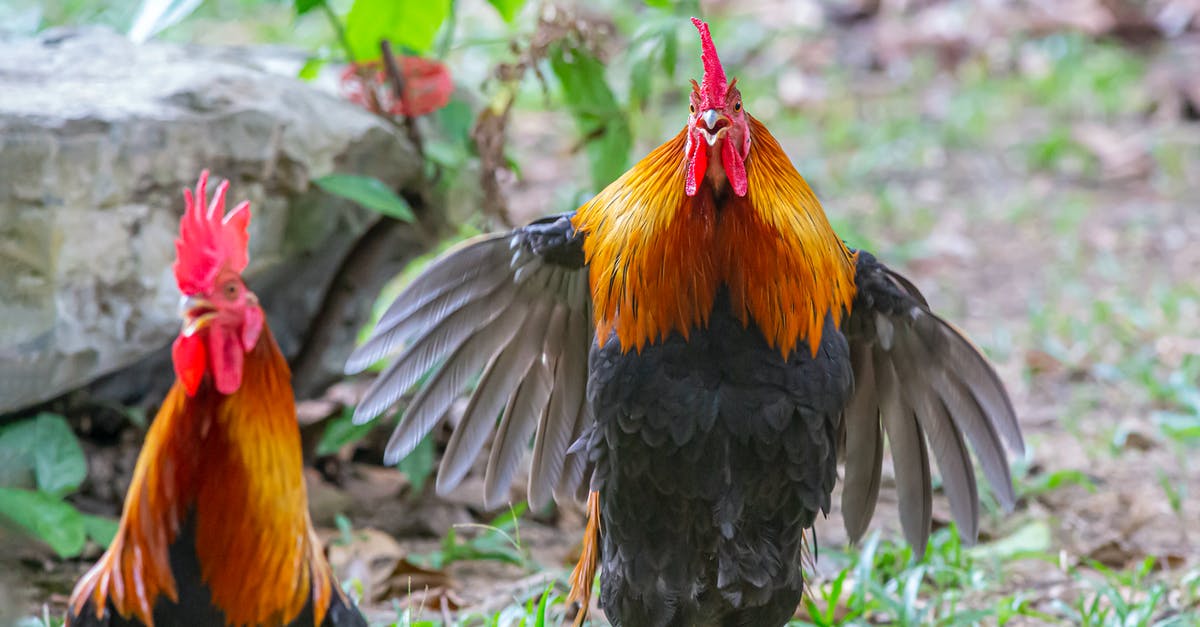Brining chicken wings

I'm trying to figure out how to brine chicken wings (for hot wings) and have some questions about brine:
- What is the minimum and maximum amount of salt to water ratio to make a brine?
- Does brine have to be boiled? I've seen some brine recipes that call for the solution to be brought to a boil, then cool. Can't I just stir the solution until the salt and water are fully incorporated?
- Some brine solutions add ingredients other than salt. When does such a solution become a marinade instead of a brine? And what's the difference?
Best Answer
What is the minimum and maximum amount of salt to water ratio to make a brine?
This is a very complicated question--in the chemical sense, salt dissolved in water is a brine, but they can vary in concentration (usually measured in percentage of salt by weight).
For the culinary purpose of seasoning and helping meat cuts stay moist, it varies considerably; the stronger the brine, the shorter the brining time, in general, although below a certain threshold you are going have little effect. Too much salt in the brine, and it will get to the point where you are are wet curing, and the product will start to take on hammy textures and flavors.
A good range for culinary brines is about 3-5%, depending on the length of time you intend to brine, and the size of the cuts being brined.
Does brine have to be boiled? I've seen some brine recipes that call for the solution to be brought to a boil, then cool. Can't I just stir the solution until the salt and water are fully incorporated?
No, you don't have to boil the brine; doing so is for ease in dissolving the salt (and possibly sugar).
For safety, you only want to brine in cold brine, so you would then need to cool a previously boiled brine. This is usually done by boiling half the water weight with the salt/sugar, and then adding the other half of the weight of water as ice after.
Some brine solutions add ingredients other than salt. When does such a solution become a marinade instead of a brine? And what's the difference?
Marinade is not defined scientifically, so there is no formal distinction. It is a matter of culinary purpose. My personal take is that brines are made of water, salt, and sugar, and possibly one or two flavorants; marinades often have an oil, dairy, or acid (such as orange juice or vinegar) base, although there is considerable variation.
Marinades are about adding flavor (usually), and possibly tenderizing (when acid, or an enzymatic actor such as pineapple juice is present). Marinades act at the surface of the food product.
If the primary purpose is to help the meat stay juicy, and to season it, the application is brining, so call it brine. Brines, with enough time, will affect deep into the meet, although there is some argument over what the exact scientific mechanism is.
The thing is, despite the myth, brining does not help flavor (as opposed to salt, for seasoning) enter the meat--adding extra ingredients to it beyond salt, sugar, and water is not generally helpful, as these flavors will not pass the cell walls (they are too large at the molecular scale), so they don't actually have much if any effect on the meat other than at the very surface.
Here is a link to an article from Virtual Weber Bullet with great information on brining, and a myriad links to even more resources.
Pictures about "Brining chicken wings"



Is it worth brining chicken wings?
Brining not only gives you a moister, more tender wing, but also adds flavor to the meat and skin, making it worth all the work required to eat the little pieces that often don't have much meat on them.How long can I brine chicken wings?
If you run out of time and can't make this recipe the same day, don't worry\u2014you can leave the brined wings in the fridge for up to 48 hours. However, be sure not to leave it any longer than that, or else you'll risk spongy, soggy, and overly salty meat.How long should you brine chicken for?
Brining time \u2013 12 hours is enough, 18 to 24 hours is ideal. Don't go longer than 24 hours because the chicken starts getting too salty. Can take chicken out, pat dry and refrigerate for a while until cooking.Do you rinse off chicken after brining?
Rinse off the brine and pat it as dry as possible before cooking. Remember that wet skin prior to roasting will make for a soggy\u2014rather than crispy and golden-brown\u2014bird, so don't let your hard work be upstaged by a lackluster finish.How to Brine Chicken Wings
More answers regarding brining chicken wings
Answer 2
You can find a lot of useful information about brining here. https://www.stellaculinary.com/podcasts/video/the-science-behind-brining-resource-page
The reason people boil or heat a brine is to make the salt (or other ingredients) dissolve more quickly. I sometimes heat a small portion of the brine to dissolve the solids quickly and then add the remaining amount of water in form of ice to quickly cool it down.
My basic brine solution is 1-3% salt by weight of the protein your brining. You can add about anything you want to the solution, I like a mixture of peppercorns, brown sugar, and some aromatics. The brine is working to impart flavor and moisture into the innermost parts of the meat whereas a marinade primarily deals with the outermost layers and typically involves acids/tenderizers/etc to impart flavor.
Answer 3
I will add a bit to SAJ14SAJ's answer.
Boiling the brine is used to infuse the brine with more flavor from the spices, i.e. it is not needed for brining, but will extract more flavor from the spices, i.e. if you only use salt and sugar you do not need to boil, but if you add spices you will get more taste if you boil. Boiling also helps to solve the salt/sugar.
Secondly, yes you do flavor the meat, if you have a flavorful brine. The brine water and its taste gets deep into the meet.
I use this with liquid smoke on beef, it works very well (for people like me that does not have a smoker) and give a very needed smokey taste to the meat. For bird/chicken you can use e.g. rosemary or lemon (no boiling for lemon!), it will flavor the meat.
Sources: Stack Exchange - This article follows the attribution requirements of Stack Exchange and is licensed under CC BY-SA 3.0.
Images: cottonbro, Bezalel Thilojan, Sticker Strike, Erik Karits
